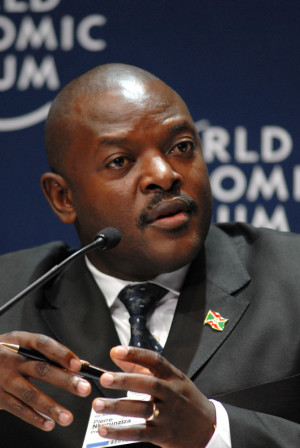What missiles of old can tell us about a new generation of rockets
Neither Russia nor America wasted much time announcing new missile projects after suspending compliance with the Intermediate-Range Nuclear Forces (INF) Treaty. Within days the official TASS news agency reported that Russian Defence Minister, Sergey Shoigu, gave the green light to manufacture a ground-launched variant of the sea-launched Kalibr intermediate-range cruise missile, to be developed as early as 2019-2020. Shoigu declared that since the Americans “are actively working on creating ground-based missiles with the range capability of over 500km”, Russia will take “tit-for-tat mirrored measures.”
Although Shoigu is announcing new missile projects, NATO claims Russia already produces and fields a ground-launched cruise missile (GLCM) with a range outlawed by the INF Treaty. This missile, manufactured by the Novator Design Bureau, goes by the Russian Ministry of Defence GRAU index number 9M729 and by the NATO designation SSC-8 Screwdriver. Russia has admitted to the existence of the 9M729 but asserts that the missile is an Iskander-M variant with a range of only 480 km, just 20 km shy of INF Treaty prohibitions.
The following month, Aviation
A look at the missiles eliminated by the INF Treaty and the “Euromissile Crisis” they engendered offers a glimpse into what a new generation of intermediate-range missiles could mean for Europe. First, intermediate-range missiles have implications for deterrence if not matched with countervailing forces. This dynamic is particularly acute for the transatlantic alliance. The Soviet RSD-10 Pioneer, which went by the NATO reporting name SS-20 Saber, had “Eurostrategic” consequences for regional security when it was introduced in 1977. The SS-20 was a long-range theatre strike capability that could hit targets in Western Europe, but not North America. NATO lacked a modern land-based retaliatory capability to match the SS-20, leaving alliance leaders fearful that the continent would become a “grey area” in which the SS-20 would endow the USSR with an escalatory advantage in a conflict, empower Moscow to decouple the Western European pillar of the alliance and even allow it to launch a “sanctuary war” against NATO-Europe.
Today, 9M729 missiles or ground-launched variants of the Kalibr would enhance Russia’s deep strike capabilities vis-a-vis vulnerable NATO member countries. Without a comparable capability, warns former Polish Foreign Minister, Radosław Sikorski, a one-sided Russian deployment of intermediate-range missiles would leave Europe “defenceless.” Although NATO Secretary-General, Jens Stoltenberg, stated publicly that NATO has no plans for reciprocal missile deployments, pressure will mount to consider some sort of counterforce as it did after the introduction of the SS-20, given the collective defence implications of the 9M729 – a missile that is “nuclear-capable, mobile, hard to detect, can reach European cities, and lowers the threshold for any potential use of nuclear weapons in an armed conflict,” as Stoltenberg acknowledges.
In Moscow, Western military deployments post-INF would be perceived as a strategic threat if NATO’s response to the SS-20 is any indication. The Soviets perceived the NATO decision to deploy IRBMs and GLCMs in Western Europe as a dangerous escalation designed to increase America’s strategic dominance in Europe. The missiles increased “the U.S. nuclear strategic arsenal relative to the Soviet arsenal,” Soviet Marshal Nikolai
Russian leaders’ worries about US and NATO missile installations in Eastern Europe today are not unlike those of Soviet-era leaders like Gorbachev and Ogarkov. Indeed, commenting on the fate of the INF Treaty, Vladimir
The Euromissile Crisis is typically associated with long-range theatre missiles like the SS-20 and the Pershing II, but as in the 1980s, upgrades to shorter-range missiles also pose a challenge to European security. In the 1980s the Soviets began to replace the 300 km range Scud missile with the 500 km range OTR-23 Oka (SS-23 Spider) and introduced a more accurate 900 km range TR-1 Temp (SS-12 Scaleboard). In response to NATO’s Pershing II and Gryphon deployments, Moscow forward deployed SS-12s and SS-23s from the USSR to East Germany and Czechoslovakia. Both missiles were formidable theatre nuclear threats to NATO forces – and the alliance had few
Kristian A. Kennedy, MSc London School of Economics, is a regulator contributor to the NATO Association of Canada. His analysis focuses on European missile politics.
Featured Image: SS-20 Saber Soviet IRBM (2016) via Credit: DmyTo via iStockPhoto.
Disclaimer: Any views or opinions expressed in articles are solely those of the authors and do not necessarily represent the views of the NATO Association of Canada.




